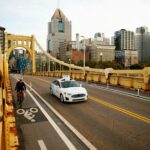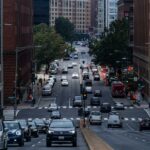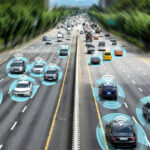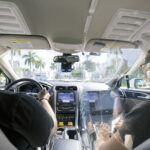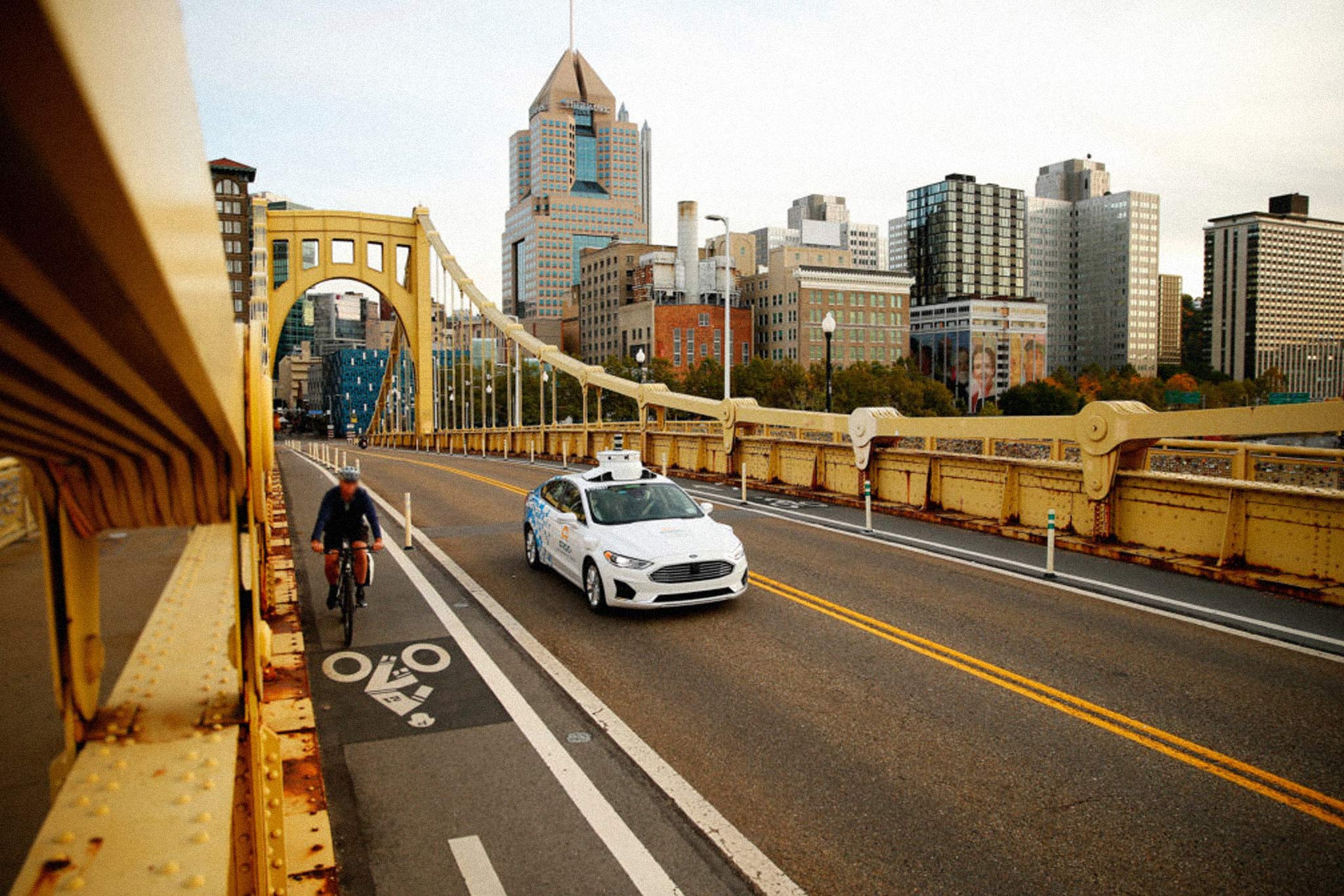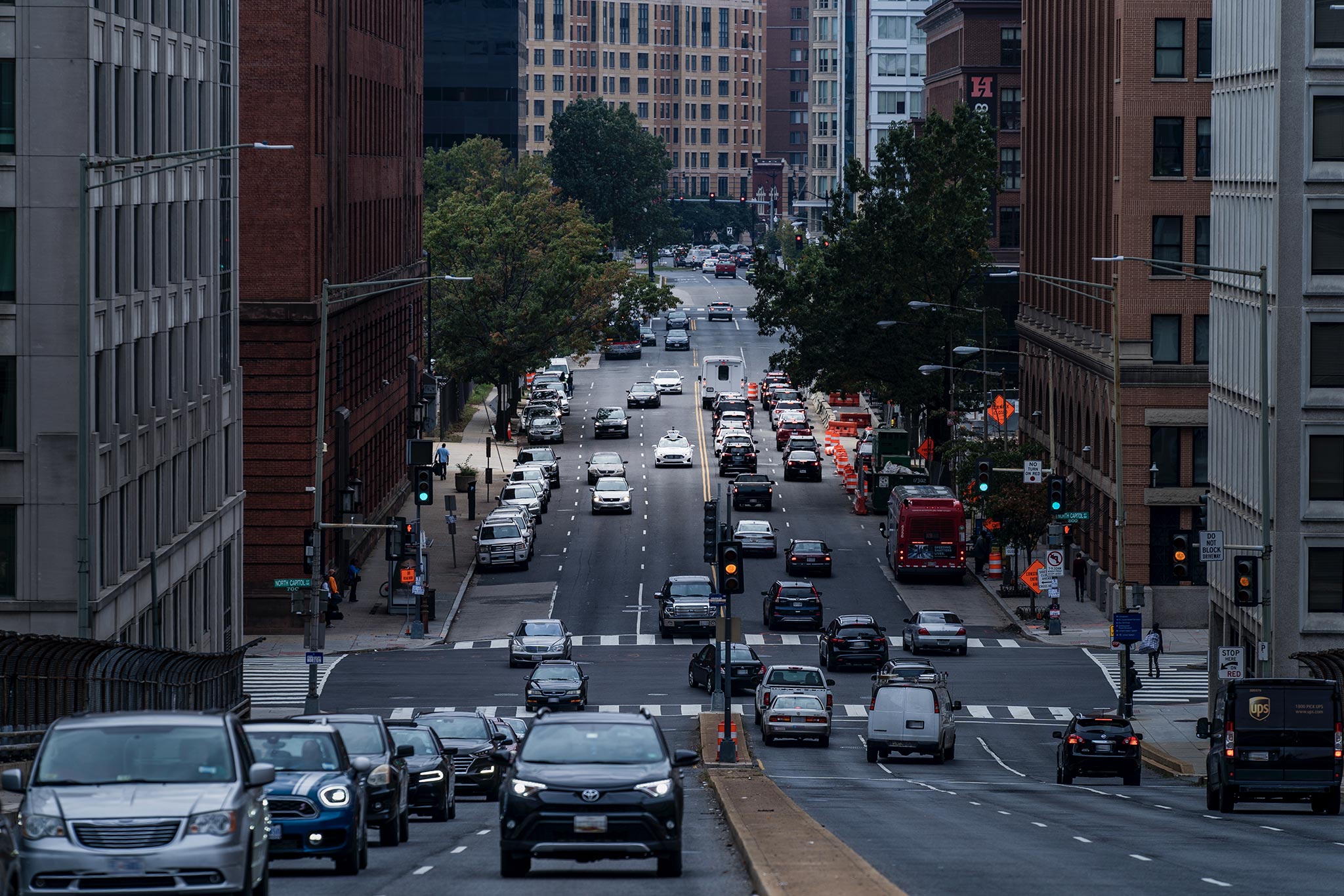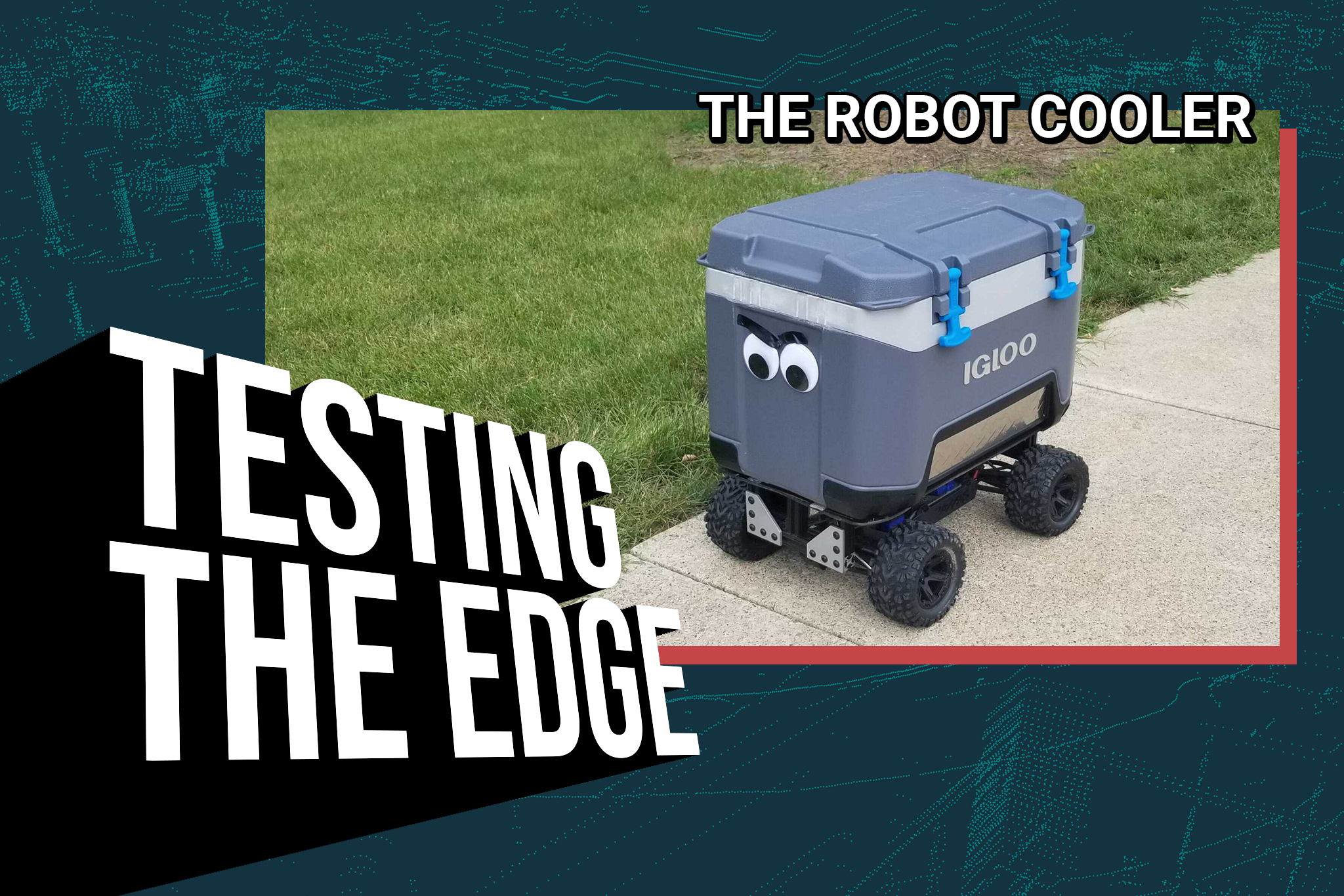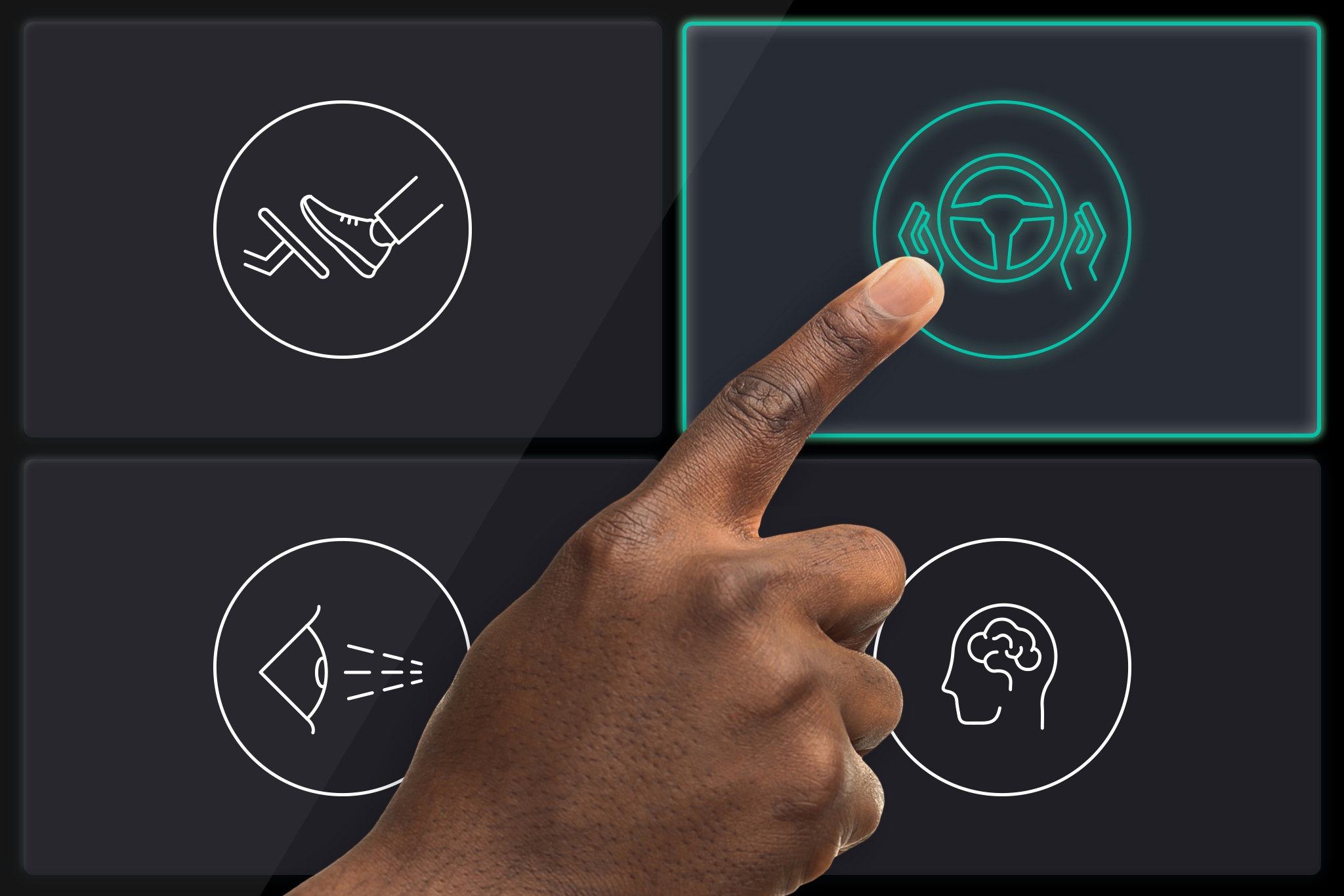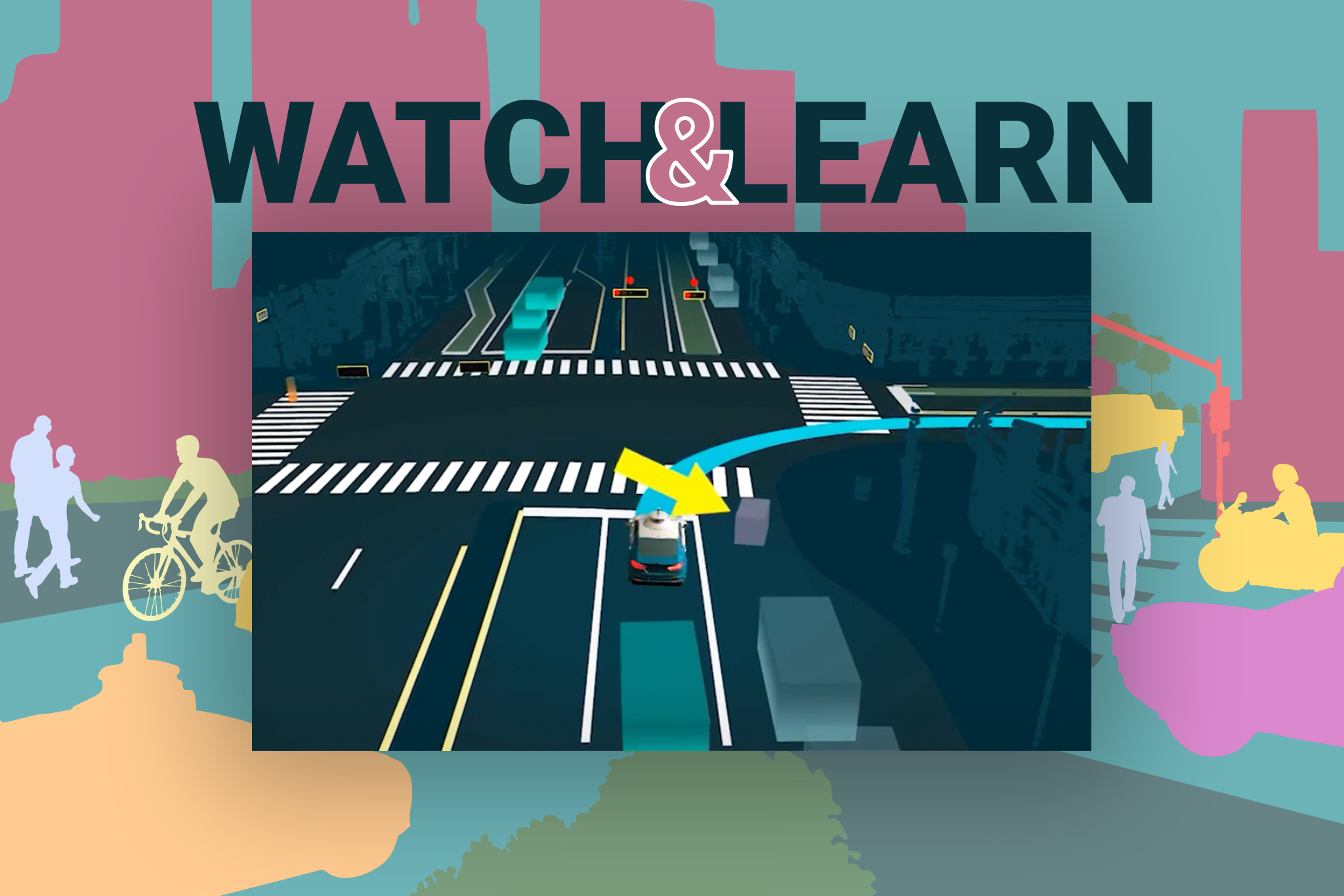Growing up in a small town in Michigan, I saw the full spectrum of transportation options: passenger cars, farm tractors, bicycles, even horses. And I saw all sorts of other things using the roads, from people out for a walk, to wildlife, to the occasional farm animal. But in the era of the automobile, I assumed that cars ruled the road, and it was up to all other road users to coexist around them.
It wasn’t until later in my career in robotics and self-driving technology that I understood that a road is the site of a more complex social interplay between cars, their passengers, and all the people and objects, moving and stationary, that surround them. In order for a self-driving car to operate safely, we must view the road as a shared resource for everyone.
This understanding has continued to shape the way we at Argo AI approach road safety. We think of our self-driving vehicles as just one piece of a larger transportation ecosystem. And from our earliest days as a company, our aim has been to make roads safe for all users, not just the occupants of our vehicles.
NHTSA’s preliminary data indicates that pedestrians and cyclists accounted for nearly 20 percent of road fatalities in the United States in 2019. Knowing that our vehicles share the road with all sorts of other users getting around on foot or by bike, or using motorcycles, scooters, strollers, wheelchairs, or even the occasional hoverboard, we are compelled to do everything we can to share the road safely.
Establishing Principles
This is why Argo is defining principles to guide us in the development of our self-driving system and prioritize safe interactions between our technology and cyclists and other vulnerable road users (VRUs). Our principles are as follows:
- Self-driving vehicles should enable safer streets for everyone, including cyclists and pedestrians, not just those utilizing a vehicle.
- Self-driving vehicles should augment existing personal, private, and public transportation options, including cycling and bike sharing, to empower mobility choice and equity.
- Self-driving technology and service providers should encourage the creation of cycling infrastructure and dedicated bicycle lanes where feasible throughout cities.
- In addition to following all applicable local traffic laws, self-driving technology and service providers should aid mutual safety by maintaining safe lateral and following distances.
- Self-driving technology should anticipate common cyclist behaviors, such as yielding at stop signs or treating red lights as stop signs, as well as recognize and respect rights-of-way for bicycle lanes and related cycling infrastructure.
- Self-driving technology and service providers should contribute to an environment of collaboration, engagement, and education within the communities in which they operate, including, but not limited to, providing education about how self-driving vehicle systems work and related safety procedures, as well as soliciting feedback from community members.
While we are still fine-tuning these principles, we are using them to facilitate our engagements with bicycling, VRU advocacy groups and other organizations. We’ve already received great feedback from the League of American Bicyclists: “We appreciate that Argo AI is supportive of cycling,” said Ken McLeod, policy director. “The League is encouraged by these principles and we look forward to continuing our discussions.” Argo also looks forward to ongoing collaboration with additional groups like BikePGH.
Safeguarding Cyclists
With our culture of safety, which we have cultivated at Argo since Day 1, we devote countless hours to improving how our self-driving system responds in any situation. But vulnerable road users require unique attention. And cyclists, with their potential for speed, tendency to share lane space with vehicles, relative lightness compared to automobiles, and lack of seat belts or airbags, are among the most vulnerable of road users.
Above all, we are focused on designing our self-driving system to behave consistently and predictably around cyclists in any situation. But the reality of the road is that our self-driving system has to account for unpredictability — like a cyclist veering into a driving lane to avoid an unseen pothole or car door swinging open.
This interaction between an Argo self-driving test vehicle and a cyclist in Pittsburgh provides an example of one such unpredictable sequence.
Our self-driving system (SDS) constantly surveys its surroundings and predicts how best to react to the environment. Any time the vehicle is in proximity of a cyclist, the system first uses machine learning-trained visual recognition capabilities to confirm that what it’s about to encounter is, in fact, a cyclist, and not a scooter rider or particularly speedy speed walker. Our system then predicts the cyclist’s path based on a combination of road geometry, speed, traffic patterns, and context, such as whether or not they’re in a marked bike lane or sharing the same lane as our self-driving vehicles.
Our sensors also detect a cyclist’s location, enabling our system to react appropriately, even in the trickiest scenarios, such as when a cyclist emerges from behind a bus or darts unexpectedly into traffic. This 360-degree perception gives our vehicles an advantage over human drivers, allowing them to track multiple actors at long distances in any given environment and proactively take any necessary precautions.
From our earliest days as a company, our aim has been to make roads safe for all users, not just the occupants of our vehicles.
We also fine-tune our system by talking to cyclists. Argo has an employee resource group (ERG) filled with avid cyclists, who are crucial in shaping our understanding of bike-riders’ wants and needs. This internal dialogue, coupled with our ongoing conversations with external cycling groups, helps us form guidelines for how we behave around cyclists, like setting and maintaining a conservative following distance from cyclists at all times and establishing a rule that we won’t pass a bicyclist in the same lane.
The Argo team’s focus on ensuring our vehicles are prepared to interact with cyclists safely is more important than ever, given the recent pandemic-fueled boom in urban cycling. There’s also a high correlation between the livability of an urban area, and the number of cyclists active in that region. To Argo, supporting cycling in cities helps us achieve our ultimate goal of making getting around cities safe, easy, and enjoyable for everyone — no matter their preferred ride.


